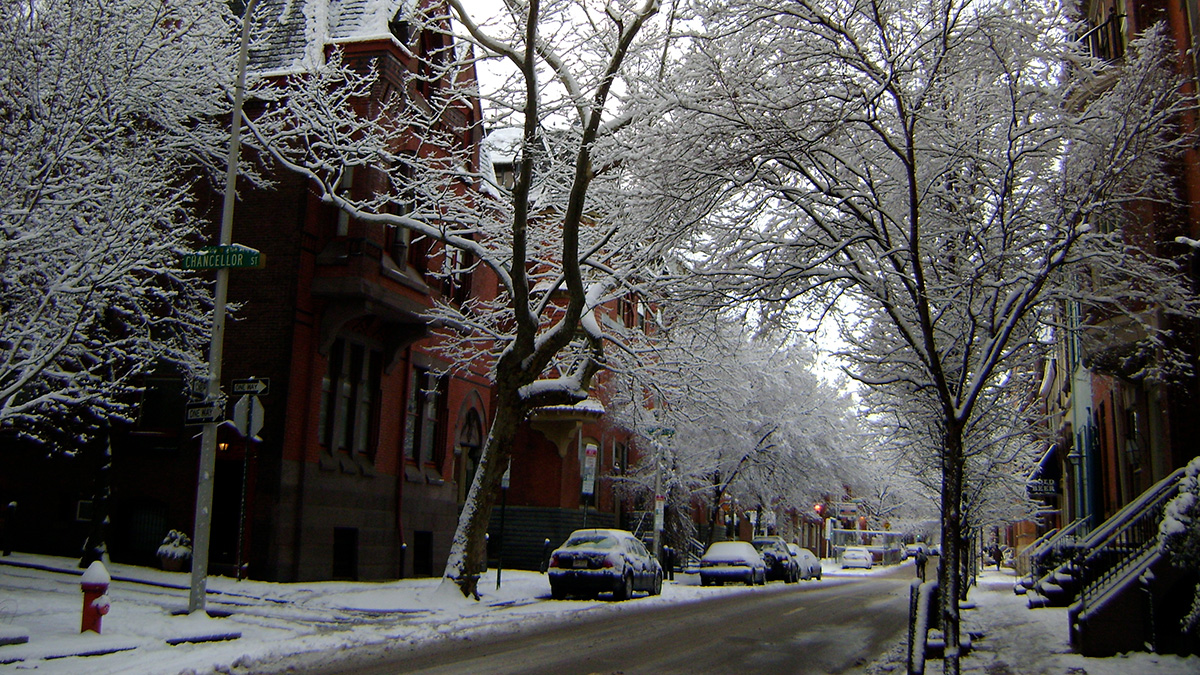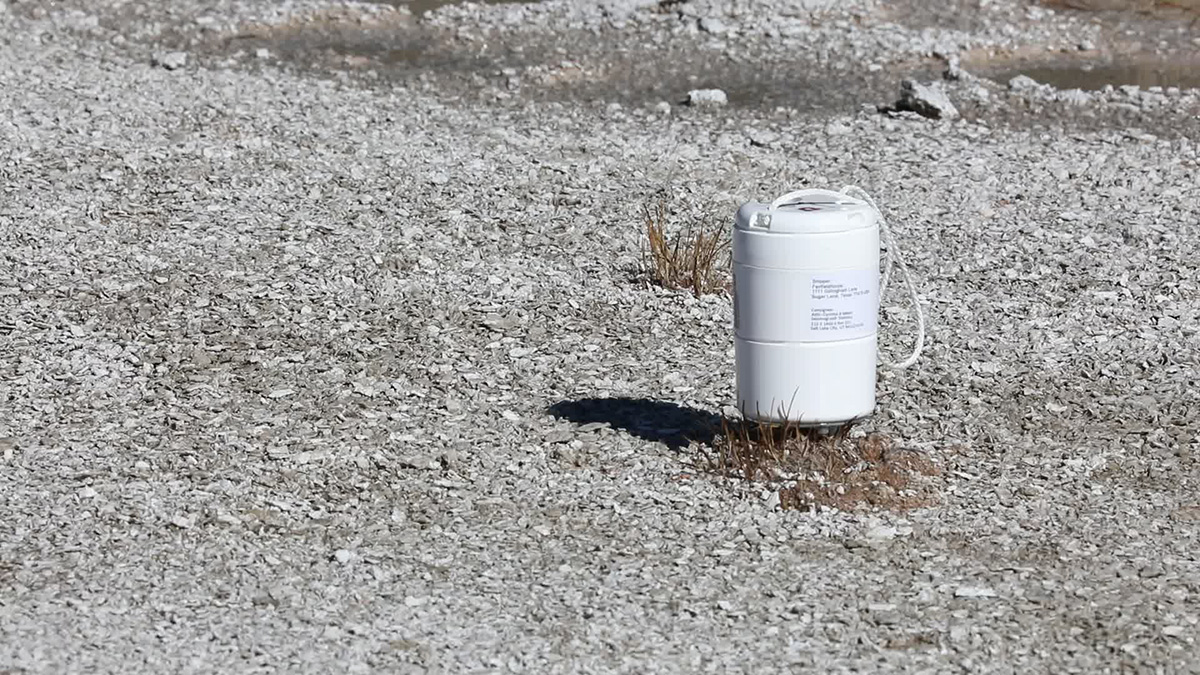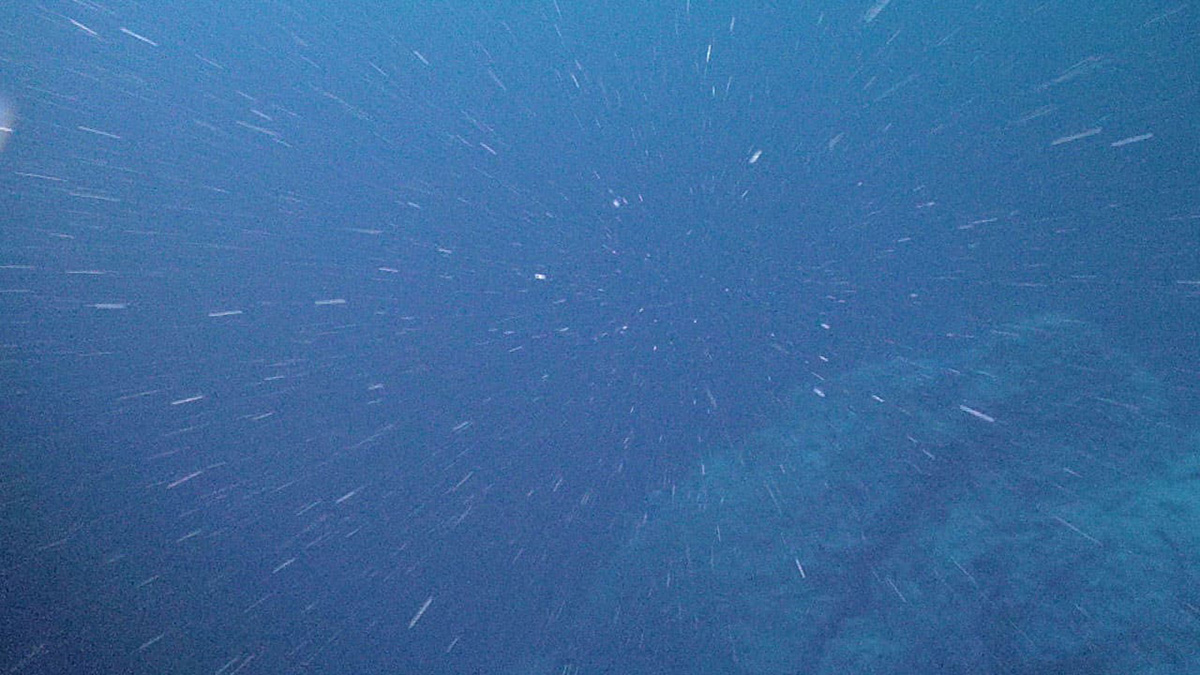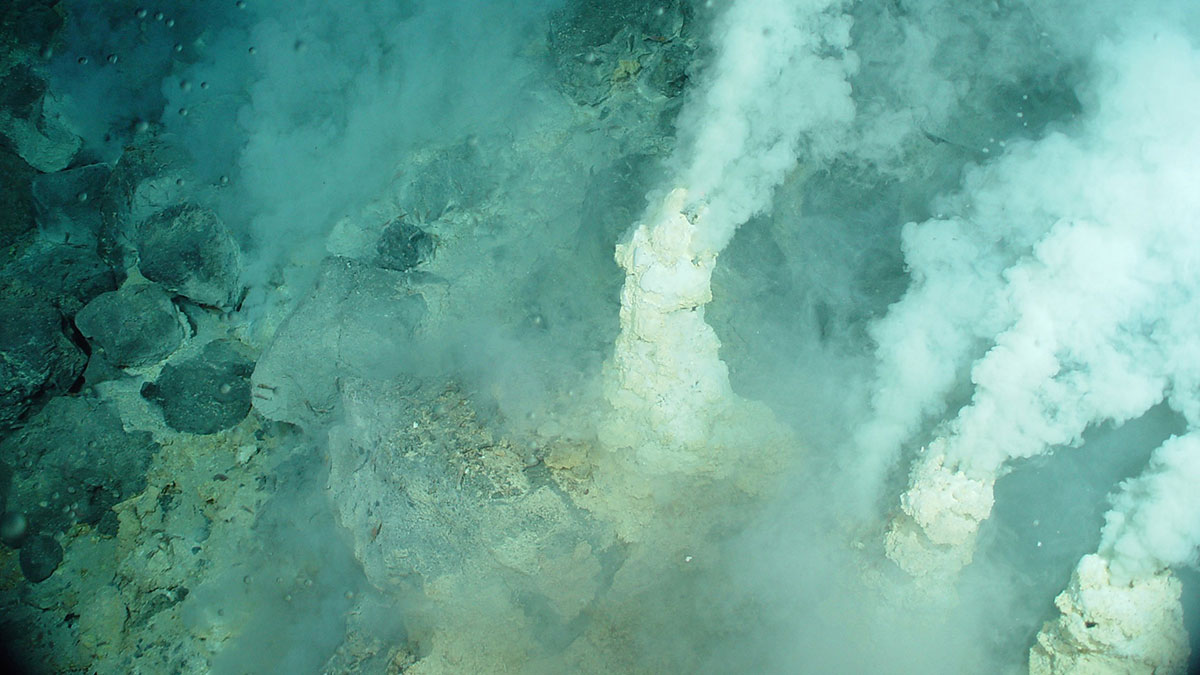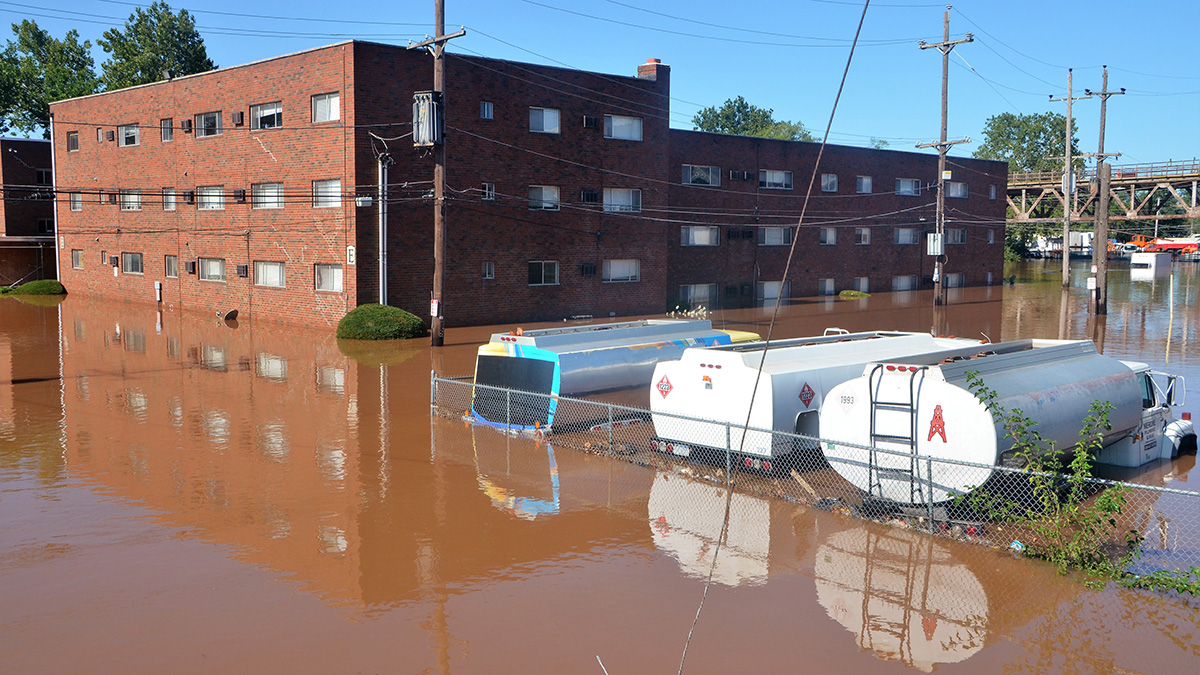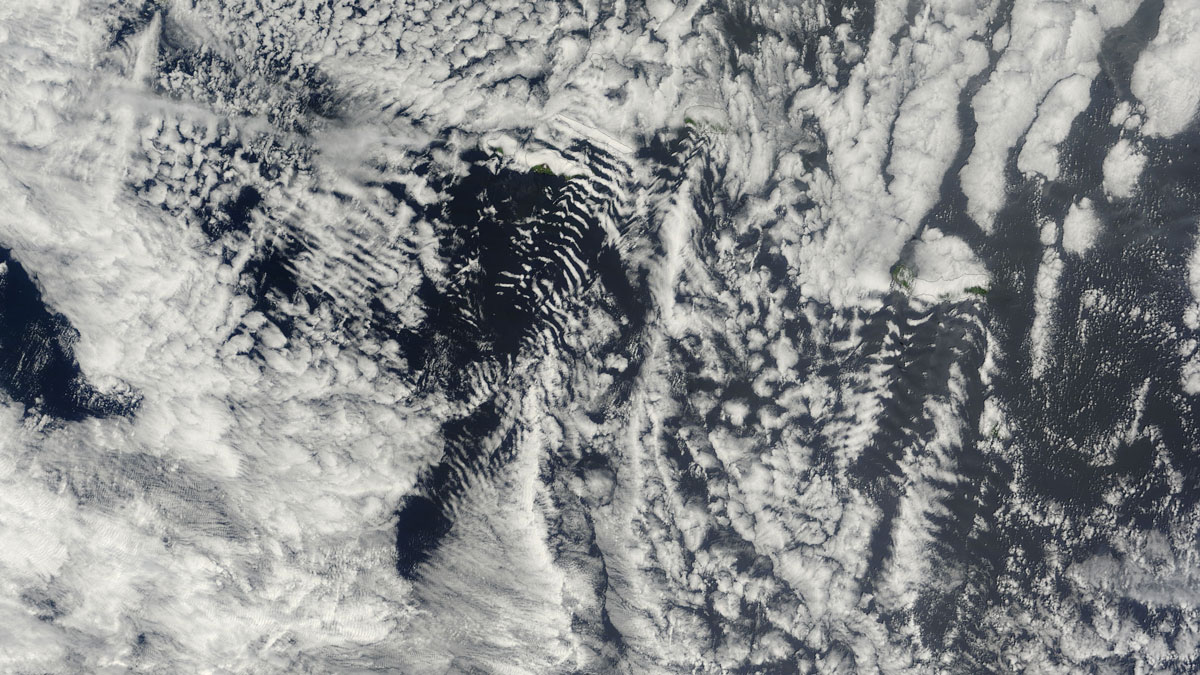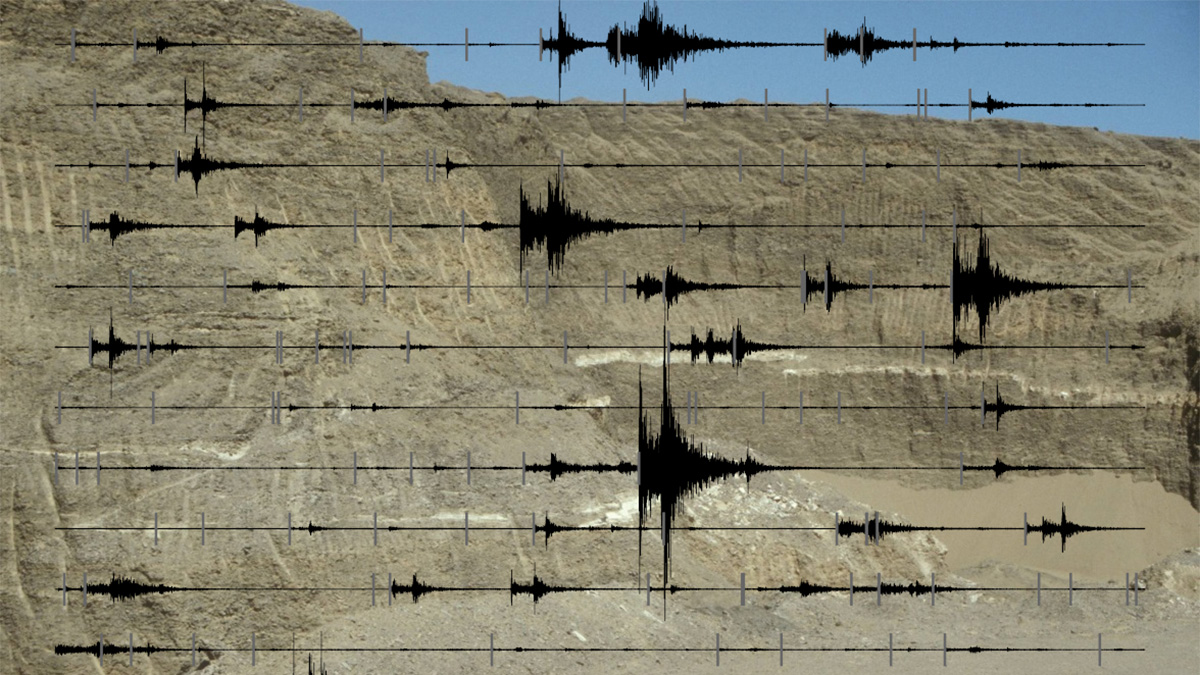Use of deicing agents may sometimes raise sodium levels in drinking water beyond healthy limits for people on salt-restricted diets.
Research Spotlights
Research spotlights are plain-language summaries of recent articles published in AGU’s suite of 24 journals.
¿Cuánto tiempo permanecen las partículas de carbono negro en la atmósfera?
Investigadores descubren cómo el carbono negro evoluciona de partículas hidrofóbicas a sitios de nucleación de nubes, removiendo eventualmente las partículas que absorben calor del cielo.
Potential of Leaking Modes to Reveal Underground Structure
Instead of waiting for earthquake waves to tell scientists about the structure of Earth’s interior, scientists can now use ambient noise from humans to “see” underground.
The Seasonality of Oceanic Carbon Cycling
Scientists uncovered how seasonal changes affect the amount and rate of carbon as it moves from the ocean’s surface to its depths.
ICON Principles Underused as a Natural Hazards Research Tool
Scientists identify barriers to and opportunities for applying integrated, connected, open, and networked research strategies to natural hazards studies.
A Simple Model Predicts Household Lead Exposure Risk
Using both sample data and crowdsourced science, a new model effectively identified houses at risk for higher concentrations of lead.
How Do Marine Gases Affect Cloud Formation?
By using novel aircraft measurements over the eastern North Atlantic Ocean, researchers shed light on the relationship between common marine biogenic gases and the microphysical properties of clouds.
A Fresh View of Microbial Life in Yellowstone’s Hot Springs
Research on the habitat ranges of microorganisms in Yellowstone’s hot springs reveals an overlap between cyanobacteria and algae.
Comparing Machine Learning Models for Earthquake Detection
A new study evaluated the performance of emerging deep learning models for earthquake detection, phase identification, and phase picking.

